NOVEMBER 8, 2021: Today we were supposed to see one lighthouse, but unexpectedly we saw three. Overall, it was a very nice day. A bit of everything – some touristy sightseeing, some Jewish heritage, some city time and some nature.
The day started in Lisbon. We checked out of our apartment, and took an Uber with our 3 huge suitcases, 1 carry on suitcase, 1 food cooler bag, 1 bag of breakfast food and two backpacks to the car rental office. I am envious of people who know how to travel light. Getting the car took a long time because they convinced us to upgrade to automatic and diesel. The agent took us into the garage and showed us six cars to choose from – we decided on an automatic, diesel Citroen SUV with a large trunk. Diesel ends up cheaper than gasoline, and automatic is easier and safer to drive than a stick shift, especially with all the stop and go traffic in the cities and the up and down in the hills we did today. All our luggage fits in the trunk. I am glad we splurged.
Even with a good GPS system, getting out of Lisbon involved some wrong turns. Once out of the city, driving in the car, the feeling was exuberant – here we go, we really are here, the sun is shining.
Our first stop was a small town called Agualva-Cacém. Alongside a large traffic oval, is a wall decorated to honor Aristides de Sousa Mendes. While everyone has heard of Schindler, who saved about 1000 Jews, Sousa Mendes, who is still relatively unknown, saved 30,000 refugees – most of them Jews. Aristides de Sousa Mendes was born into a wealthy family in Portugal, went to law school, and then worked as a career diplomat, stationed in various countries. He was the father to 14 children. At the beginning of WWII, he was posted in Bordeaux, France. Although told by his government not to, he issued over 30,000 visas for refugees to enter Portugal. Among those he saved, for example, where H. A. Rey and Margret Rey, the authors/illustrators of Curious George. After the war, since he had disobeyed government orders, he lost his job and pension. His children were forced to emigrate, and he died penniless and alone in Portugal. Yad Va’shem made him a Rightous Among Nations in 1966. In Portugal, only in the 1980’s did he start to get recognized for his humanitarian contribution. Today scattered through the country, there are several monuments in his honor.
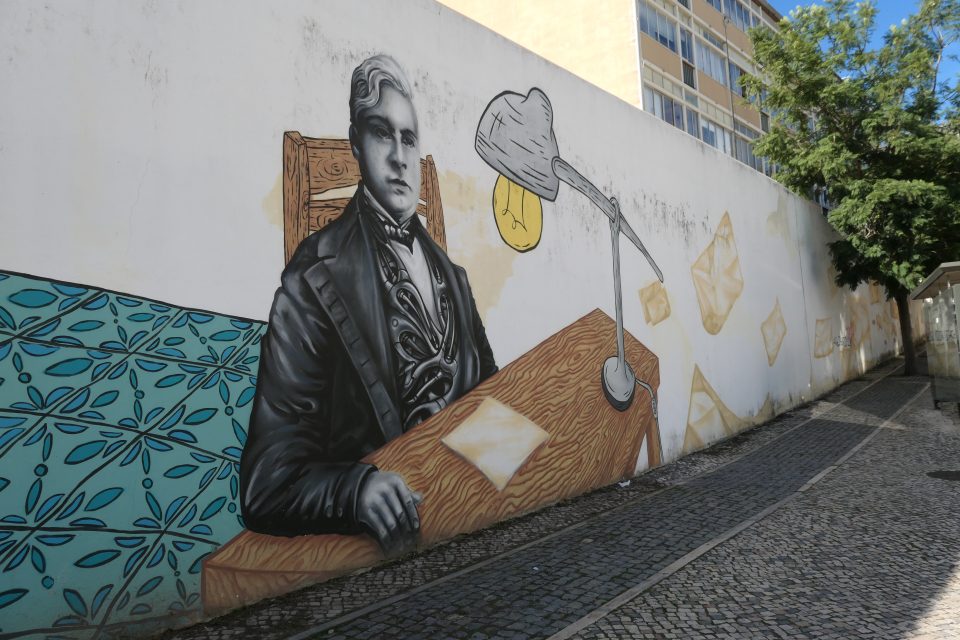
Aristides de Sousa Mendes 
From Agualva-Cacém, we continued to Estorial. Estorial and Cascais are neighboring beach resort towns. During WWII thousands of refugees (many who had received visas from Sousa Mendes) from Germany, France, Holland and Belgium lived in the resort hotels while they waited for visas to other countries, such as the United States. It is a bit confusing because Cascais is not only a town but also a municipality, and the town Estorial belongs to the Cascais municipality. I guess sort of like New York the city and New York the state. The municipality of Cascais opened a museum in Estorial, to tell the story of these refugees.
We parked the car, and as we were walking to the museum, we stumbled upon the Palace Hotel. This is one of the hotels that housed the refugees and today still looks the way it did then.

The Hotel Palacio, one of the hotels that housed refugees waiting for visas
The Exiles Memorial Center (Espaço Memória dos Exílios) is a small one room exhibit, housed over the local post office.

Post Office with Exile Memorial Center museum on the second floor 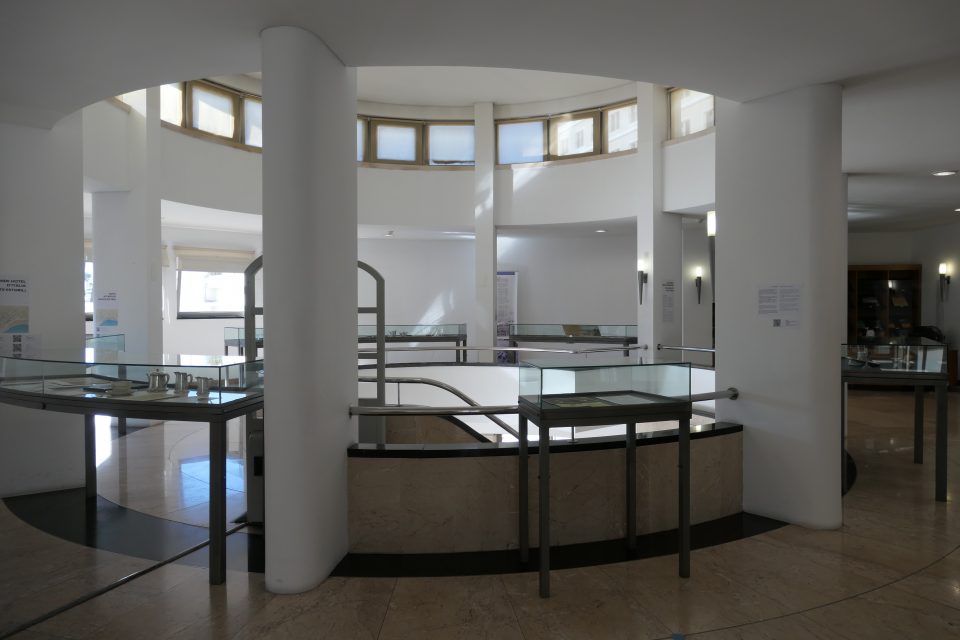
We started our visit watching a movie that interviewed several of the refugees that after the war decided to stay and continue to live in Portugal. They told their stories of why they needed to leave their homes in Germany, France, etc, how they came to Portugal, what life was like in the resorts, why they stayed, and so on. It was a well done movie, all in Portuguese with English subtitles.
The exhibits in the museum were sorted according to the hotel the refugees stayed at. For each resort hotel, there was one or two family stories displayed.
Although the museum was small, there were many QR codes throughout, to offer a wealth of more information. Nice.
From the post office, it was a short drive to Cascais, the beach resort town. Aside from the many grand hotels, there were many beautiful, large private homes, most with the traditional, red-tiled roof but occasionally, a more modern style house appeared. We parked near the Avner Cohen Casa Chabad to verify the GPS location for Wandering Jew. Chabad has built and recently opened a learning center here that provides Jewish education to Portuguese Jews.
Not exactly sure where to go next, Google maps showed us that there was a scenic spot nearby. Sounded like a good place for lunch. We drove along the Cascais waterfront and reached Boca do Inferno.
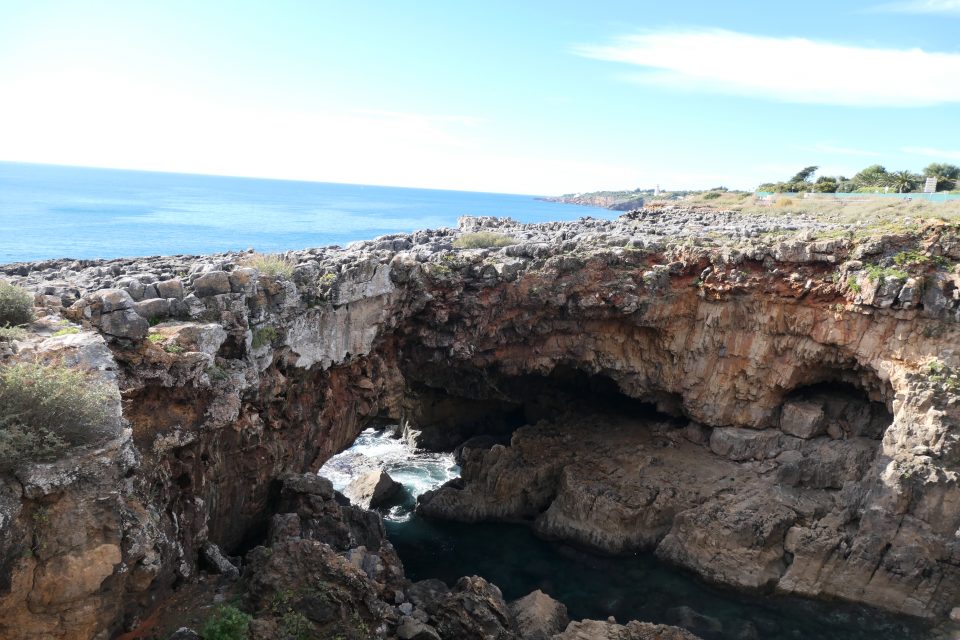
Boca do Inferno. 
Lunch with a view 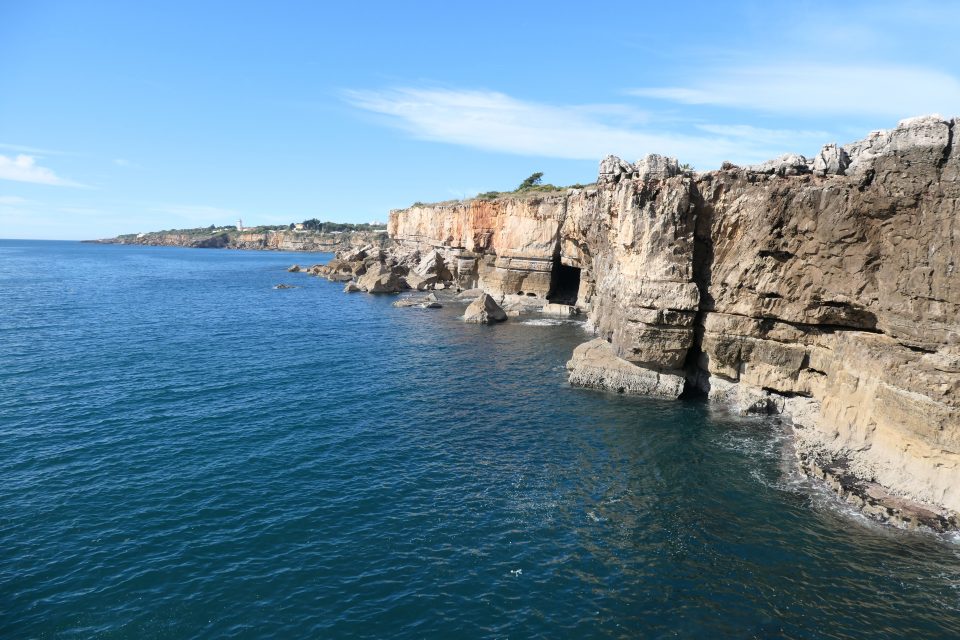
The view
In the distance, from the lookout, we saw our first lighthouse – the Guia Lighthouse.
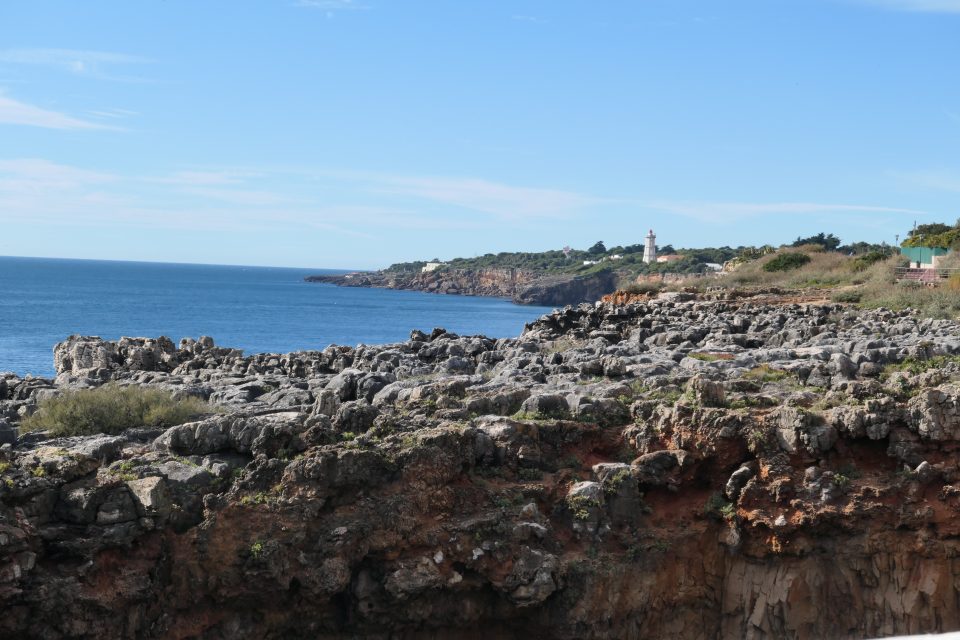
The Guia Lighthouse
Continuing down the road, we reached the Cascais marina and lighthouse number two – the Santa Marta Lighthouse.
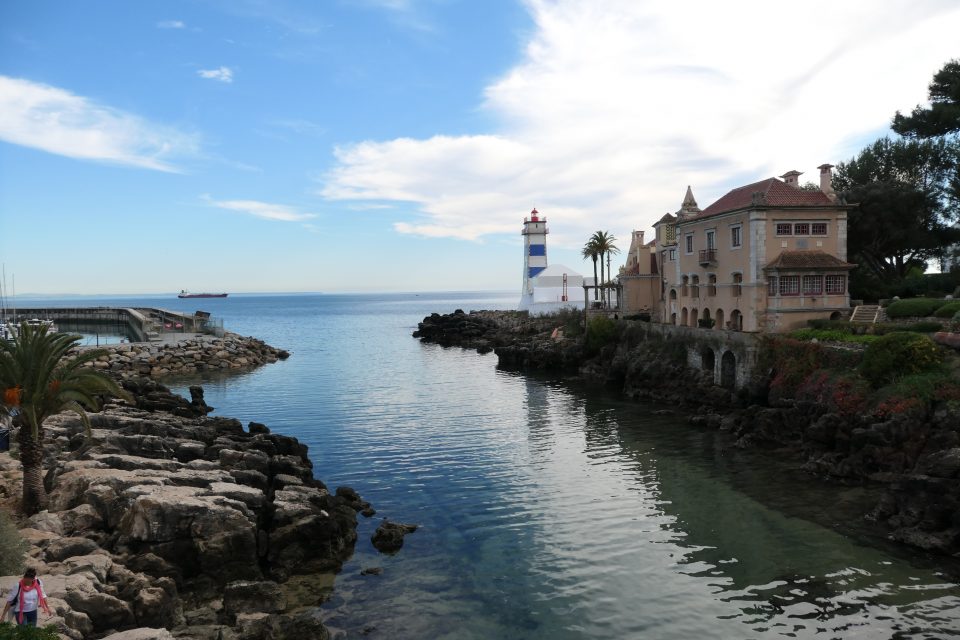
The Santa Marta Lighthouse 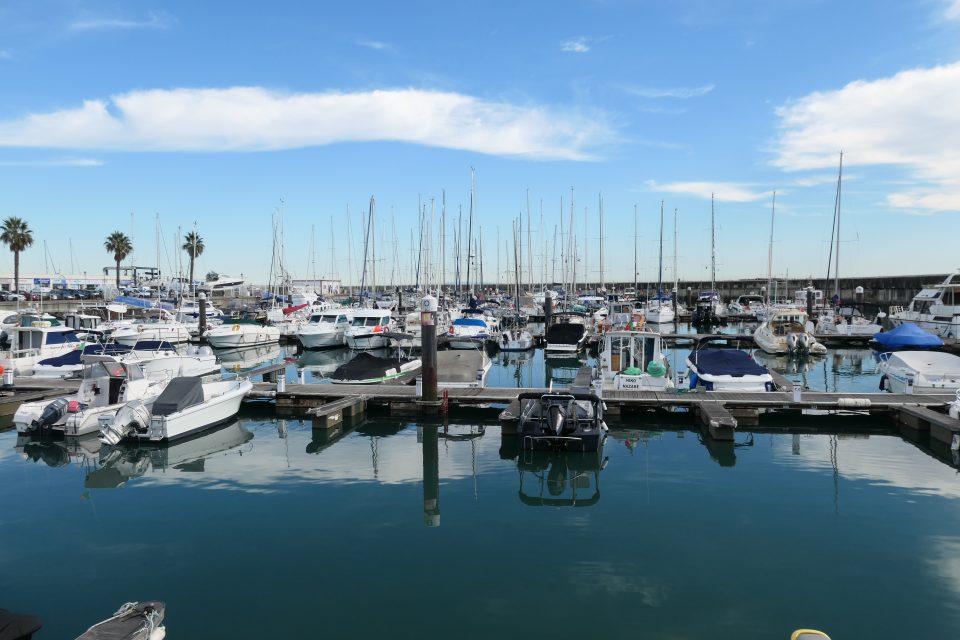
The Cascais marina
From Cascais, we headed to Caba Roca – the westernmost point of continental Europe, and the location of the one lighthouse we had originally planned to see. While the weather was warm in the city, here on the edge of the cliffs, it was very windy and cold. As we reached the lighthouse, we saw that people were hiking in the hills nearby. We parked and followed the path to the north.
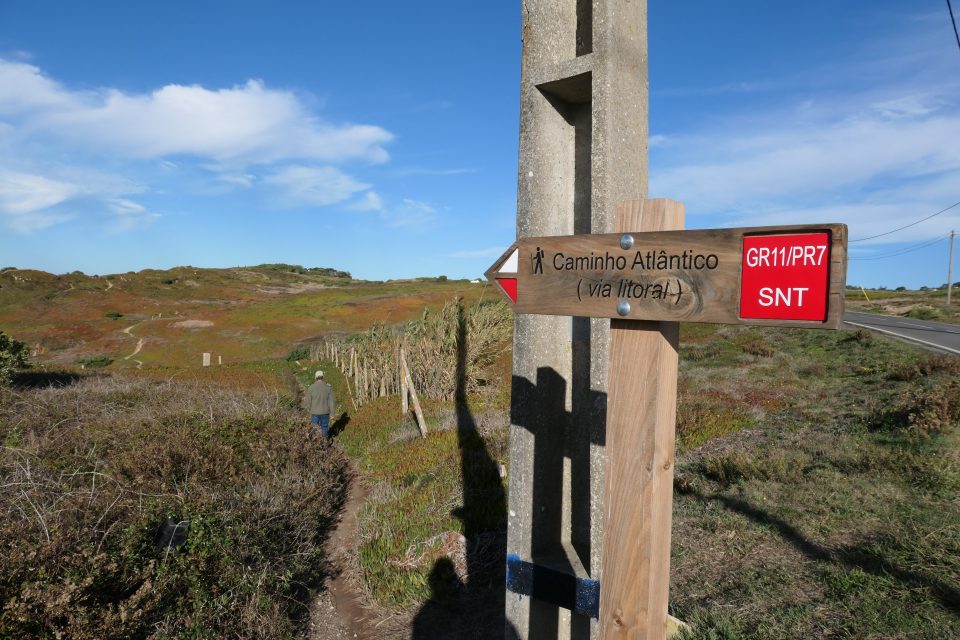
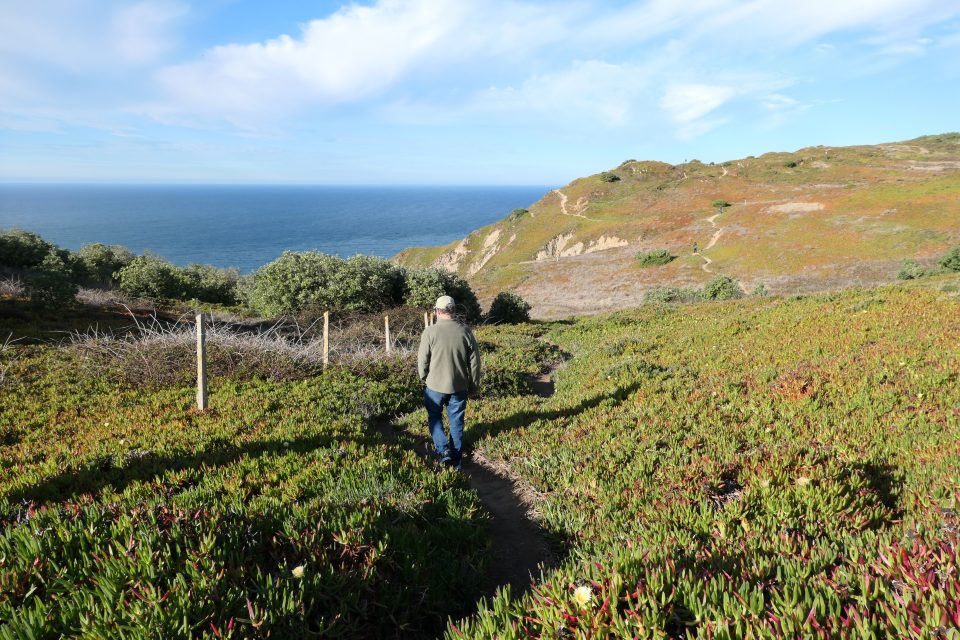

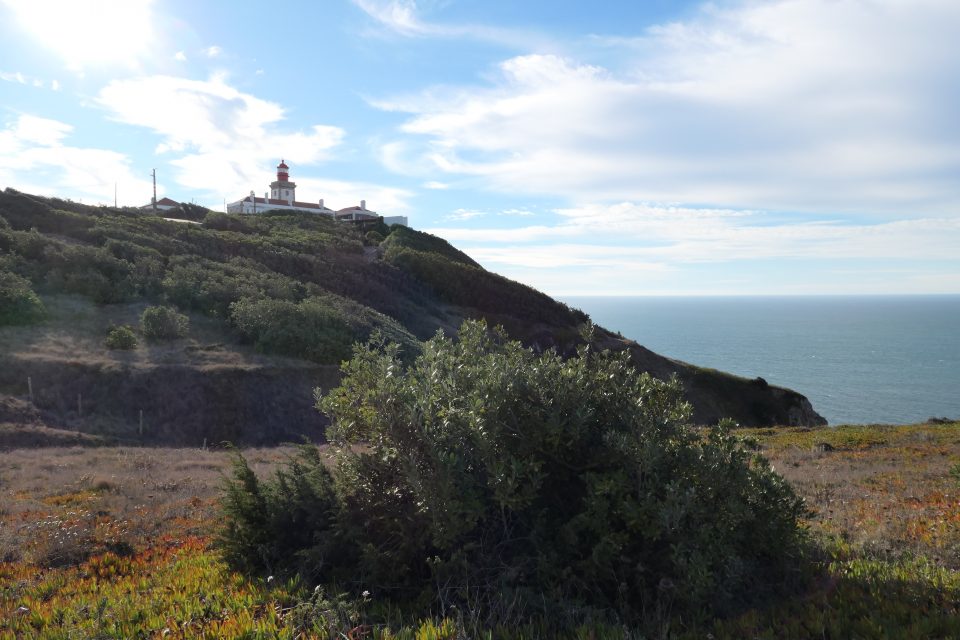
The Caba Roca lighthouse
It bothered me that I had recently seen a photo of my daughter Tamar visiting this lighthouse, and she was next to a fence. There were no fences here. From where did she take the photo? We then went to the other side of the parking lot, and saw the place where most of the tourists were. Here was the fence. On this side, the views of the lighthouse and the cliffs were even more spectacular.
Our final destination was our AirBnb in Sintra. We drove through the hills, into many little villages and through lush green forest. As we got closer to our apartment, and into Sintra, the streets got much narrower. Our car has sensors when something is too close, and as we drove through the narrow lanes, the sensors on both sides rang at once.
We ended up on a dirt road, which twisted and turned up and down the mountain in the forest. Our big fear was that a car would come in the opposite direction (luckily happened only once in a place that was a bit wider). I kept saying that this cannot be right – but eventually we reached our destination. The navigation system seems to have taken us the back way to avoid traffic. Although it was only 5:00 in the evening, we decided to call it a day. In the evenings, I work on my blog, Mark does his daily studying and puts in a couple of hours work for Verifone. Tomorrow we will explore Sintra more.
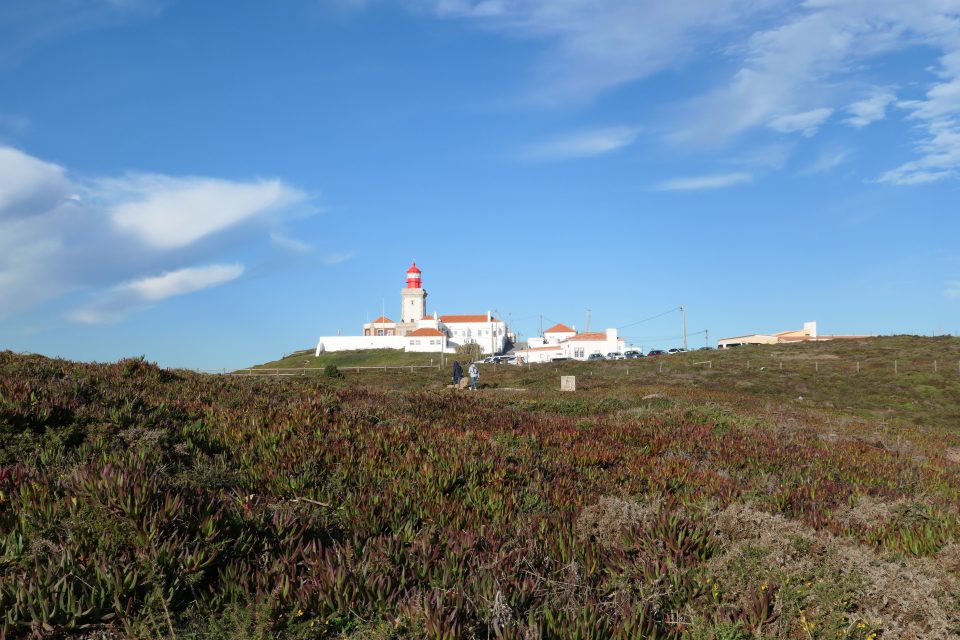
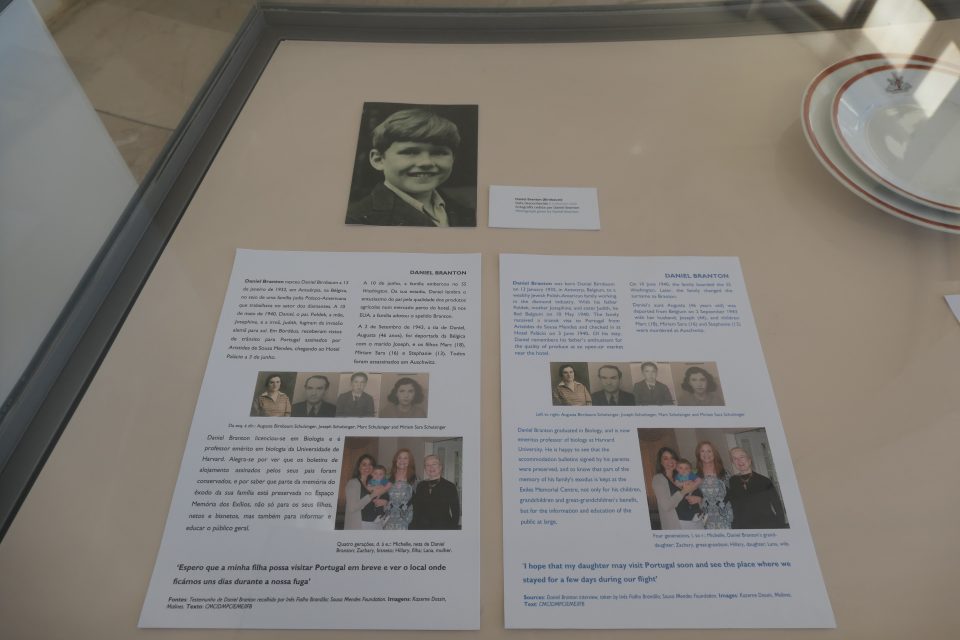
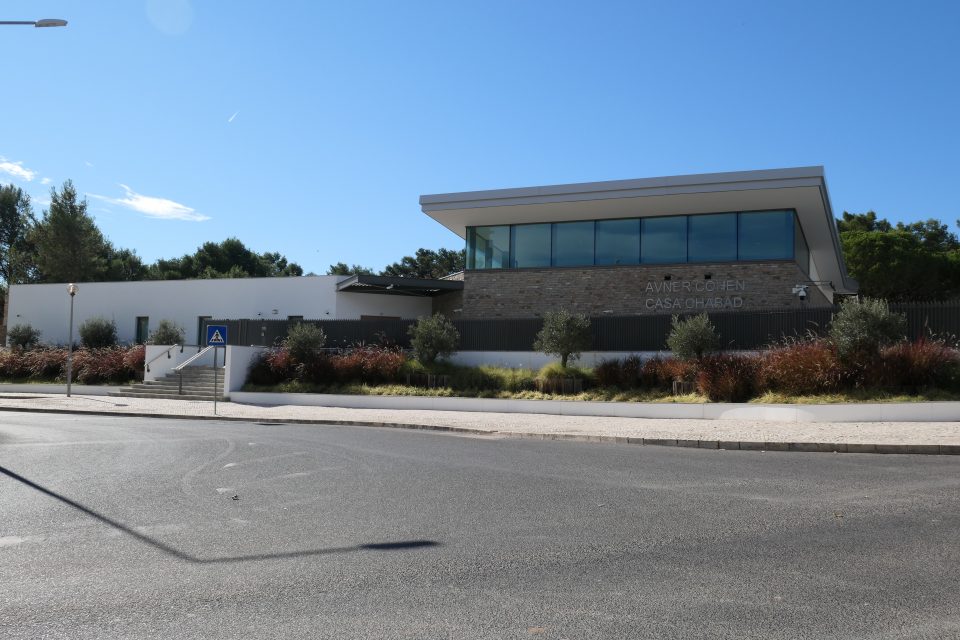


Do you know if the movies with the refugee interviews is online? Would love to watch. Also, were there any interviews with Mendes’s family? I wonder if he got any help from Jewish organizations after he was fired.
an enlightening day!